
Slow Charge Generation Plays Big Role in Model Material for Solar Cells
Insight about energy flow in copper-based material could aid in creating efficient molecular electronics.

Insight about energy flow in copper-based material could aid in creating efficient molecular electronics.

The symmetrical light-gathering, energy-producing complex offers insights into how modern photosystems evolved.
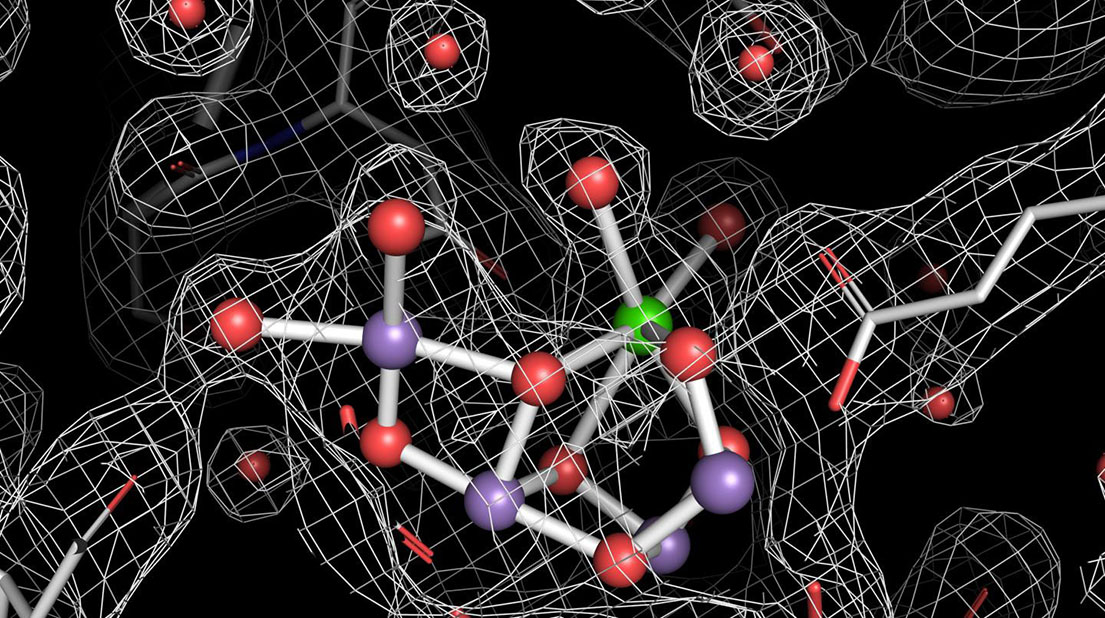
Scientists catch details with atomic resolution, potentially helping design systems to use sunlight and water to produce fuels.
Read more about Atomic Snapshots of Photosynthesis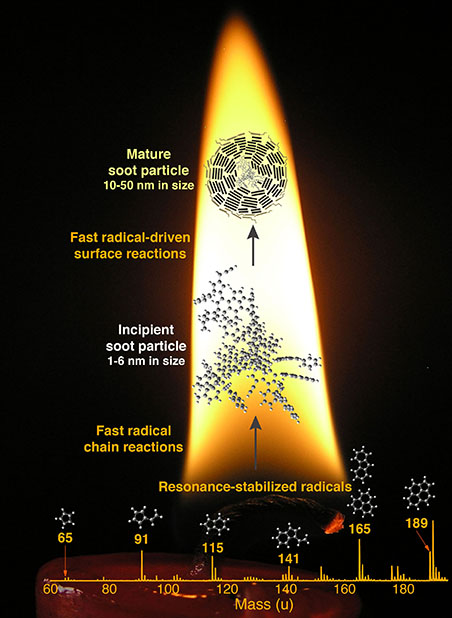
Scientists unlock mystery that could help reduce emissions of fine particles from combustion engines and other sources.
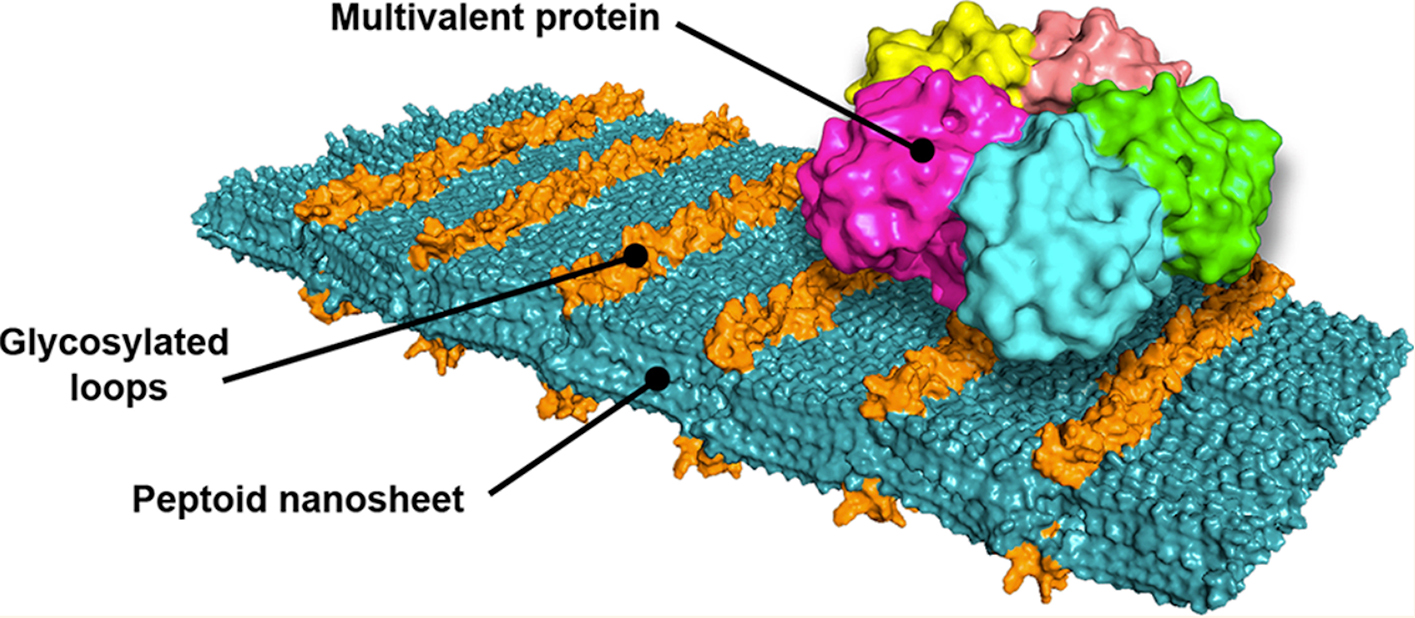
Researchers design self-assembling nanosheets that mimic the surface of cells.
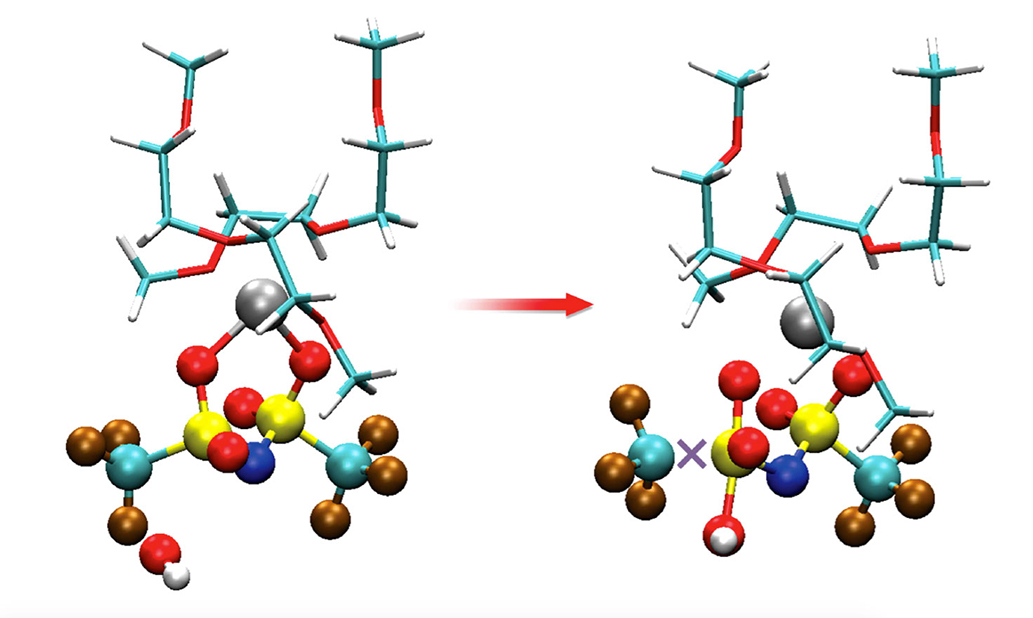
Study reveals surprising, bad chemical reactivity in battery components previously considered compatible.
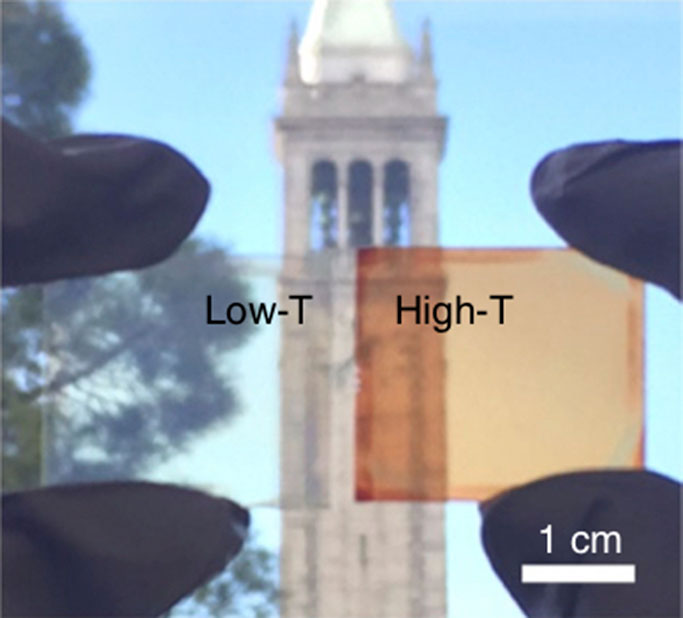
Window material repeatedly switches from being see-through to blocking the heat and converting sunlight into electricity.
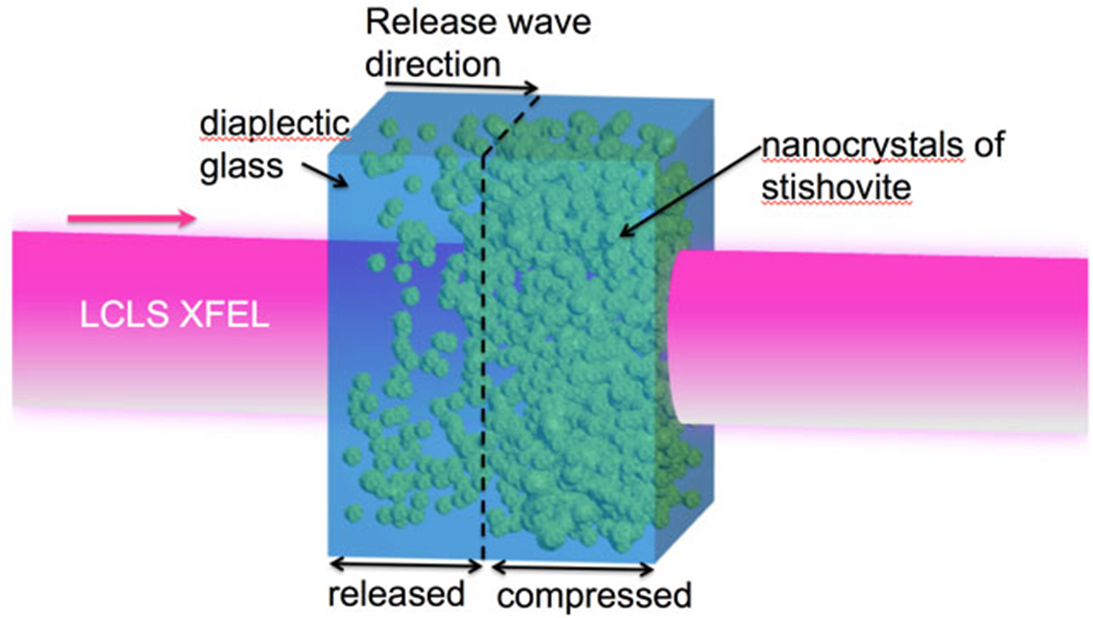
First demonstration of high-pressure metastability mapping with ultrafast X-ray diffraction shows objects aren’t as large as previously thought.
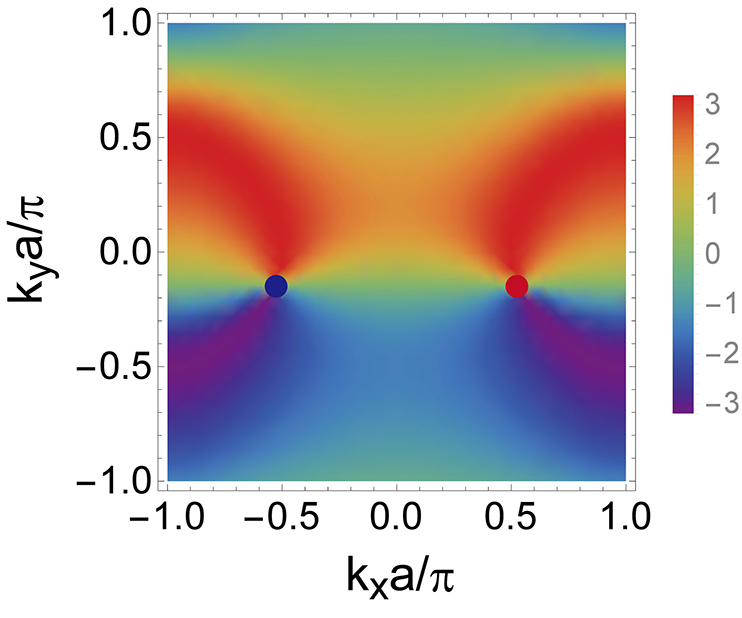
Exotic material exhibits an optical response in enormous disproportion to the stimulus—larger than in any known crystal.
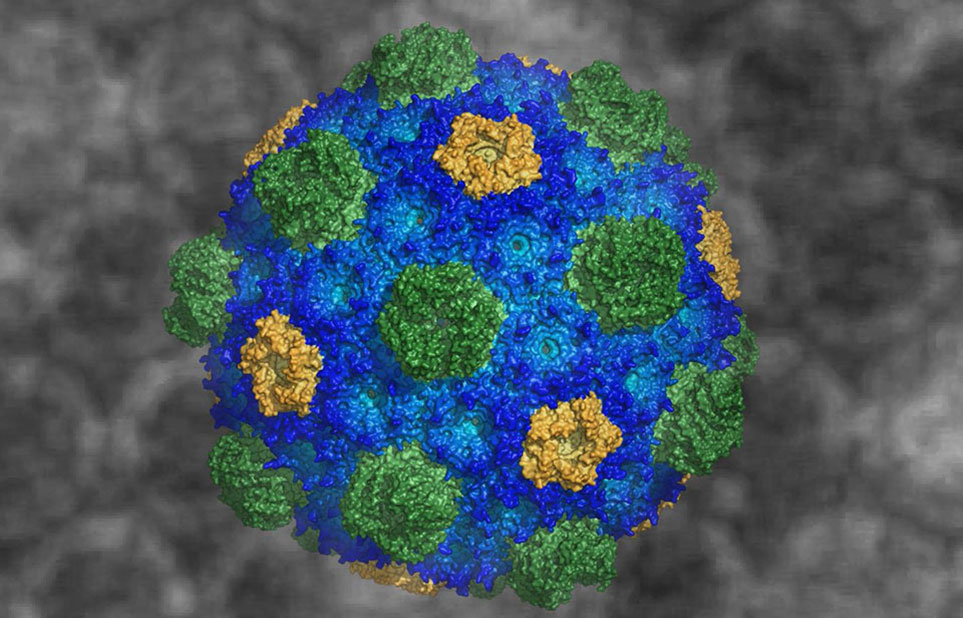
Understanding assembly principles may inspire new approaches for making valuable products.
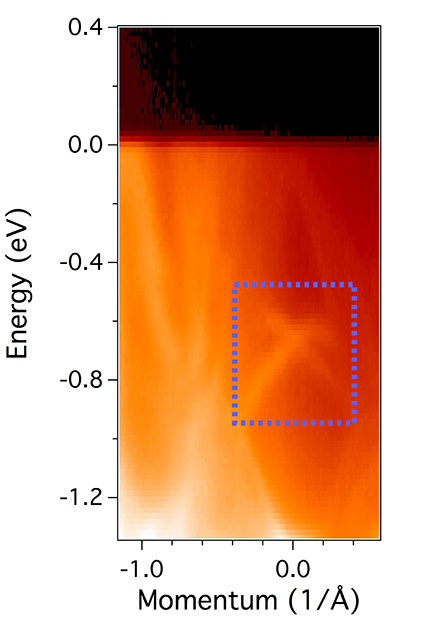
Novel spin-polarized surface states may guide the search for materials that host Majorana fermions, unusual particles that act as their own antimatter, and could revolutionize quantum computers.
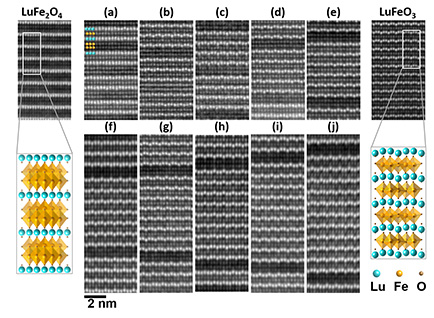
Researchers create materials with controllable electrical and magnetic properties, even at room temperature.